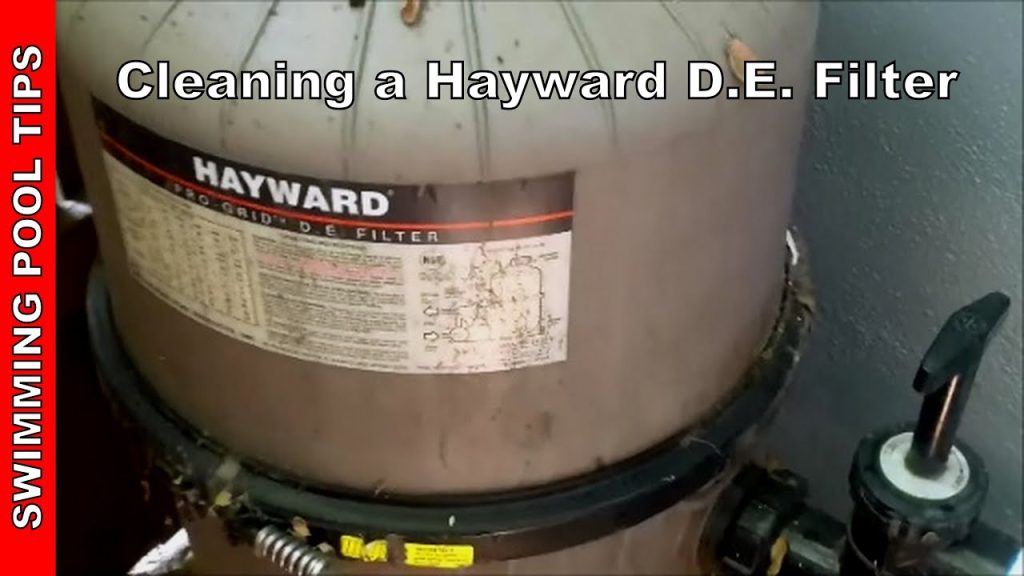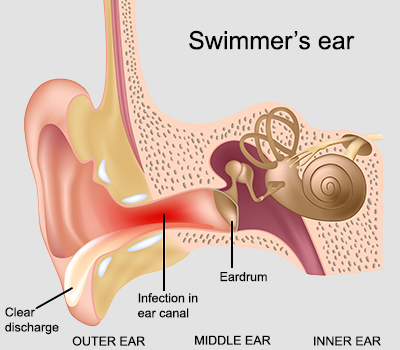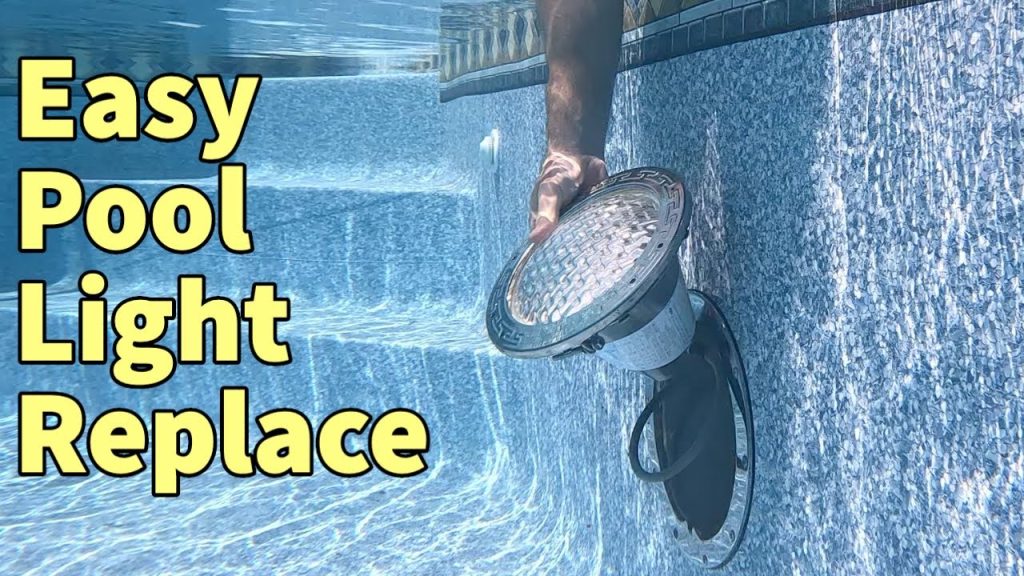Cleaning your swimming pool filter is crucial for maintaining clean water. It ensures your pool stays safe and enjoyable.
A clean filter keeps your pool in top condition. Over time, filters gather dirt and debris, reducing their efficiency. This can lead to cloudy or contaminated water. Knowing how to properly clean your pool filter can save you time and money.
Plus, it extends the life of your filter and pool equipment. In this guide, we will explain simple steps to clean different types of pool filters. Whether you have a sand, cartridge, or diatomaceous earth filter, you will find easy-to-follow instructions. Let’s dive in and keep your pool sparkling clean!
Types Of Pool Filters
Keeping your pool filter clean is essential for maintaining sparkling water. Understanding the different types of pool filters can help you make the best choice for your pool. Each type has unique features and cleaning methods.
Sand Filters
Sand filters are common and easy to maintain. They use sand to trap dirt and debris. Over time, the sand gets clogged and needs cleaning. You can clean a sand filter by backwashing. This process reverses the water flow to remove trapped dirt. Sand filters need replacement sand every five years.
Cartridge Filters
Cartridge filters use pleated cartridges to catch debris. They provide better filtration than sand filters. Cleaning cartridge filters is simple. Remove the cartridge and rinse it with a hose. For a deep clean, soak the cartridge in a filter cleaner solution. Replace the cartridge every one to two years.
Diatomaceous Earth Filters
Diatomaceous Earth (DE) filters offer the best filtration. They use a fine powder made from fossilized algae. DE filters trap the smallest particles. Cleaning a DE filter involves backwashing and adding new DE powder. The grids inside the filter also need periodic cleaning. Replace the grids every five to ten years.
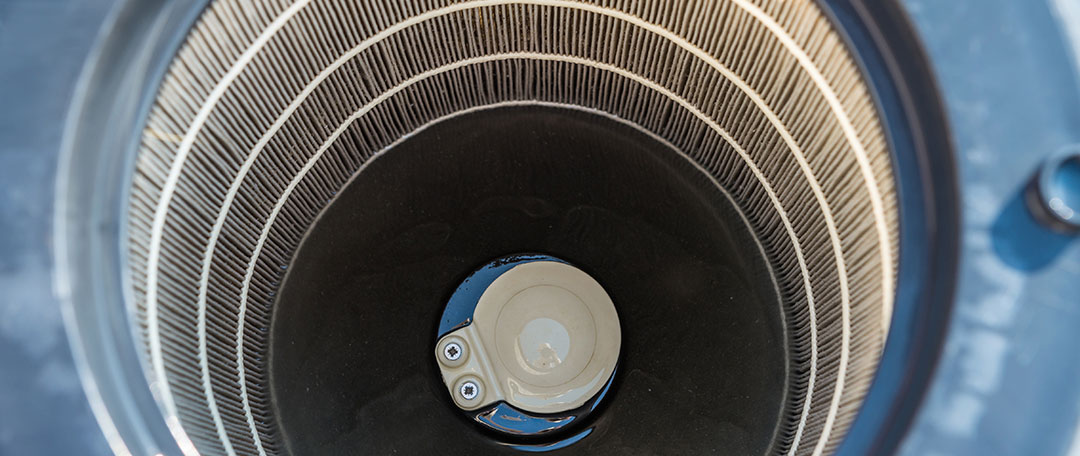
Credit: www.swimmingpool.com
Essential Tools And Supplies
Cleaning your swimming pool filter keeps your pool water sparkling clean. To do this, you need the right tools and supplies. This ensures you get the job done efficiently and effectively.
Cleaning Solutions
Use a filter cleaner specifically designed for pool filters. This breaks down oils, dirt, and debris. A mild detergent can also work for regular cleaning. For stubborn stains, consider a stronger cleaning agent.
Replacement Parts
Have replacement parts ready, like filter cartridges or grids. Over time, these parts wear out and need replacing. Check your filter manual for the exact parts you need. This ensures you get the correct fit.
Protective Gear
Wear gloves to protect your hands from chemicals and dirt. Safety goggles keep your eyes safe from splashes. A mask can protect you from inhaling dust or fumes. These items keep you safe while cleaning.
Preparation Steps
Cleaning your swimming pool filter is essential for maintaining a clean pool. Before diving into the process, there are several preparation steps you need to follow. These steps ensure the cleaning process is safe and effective. Let’s get started!
Turn Off The Pump
First, make sure to turn off the pump. This is crucial for safety. You do not want the filter running while you clean it. Locate the pump switch and turn it off.
If unsure where the switch is, refer to your pool manual. It will guide you to the right spot.
Release Air Pressure
Next, release the air pressure from the filter system. This step prevents accidents. Look for the air relief valve on the filter. Open it slowly to let the air escape.
Wait until you hear no more hissing sound. This means all the pressure is released.
Remove The Filter
Now, it’s time to remove the filter. Depending on your filter type, you may need to unscrew or unclip it. Carefully take out the filter from its housing.
If you have a cartridge filter, pull it out gently. For sand or DE filters, follow the specific removal steps in your manual.
These preparation steps set the stage for a thorough filter cleaning. Skipping any of these steps can lead to issues or injuries. So make sure to follow them carefully.
| Step | Action | Importance |
|---|---|---|
| Turn Off the Pump | Switch off the pump to stop water flow | Prevents accidents |
| Release Air Pressure | Open the air relief valve | Ensures safety |
| Remove the Filter | Take out the filter from housing | Allows cleaning |
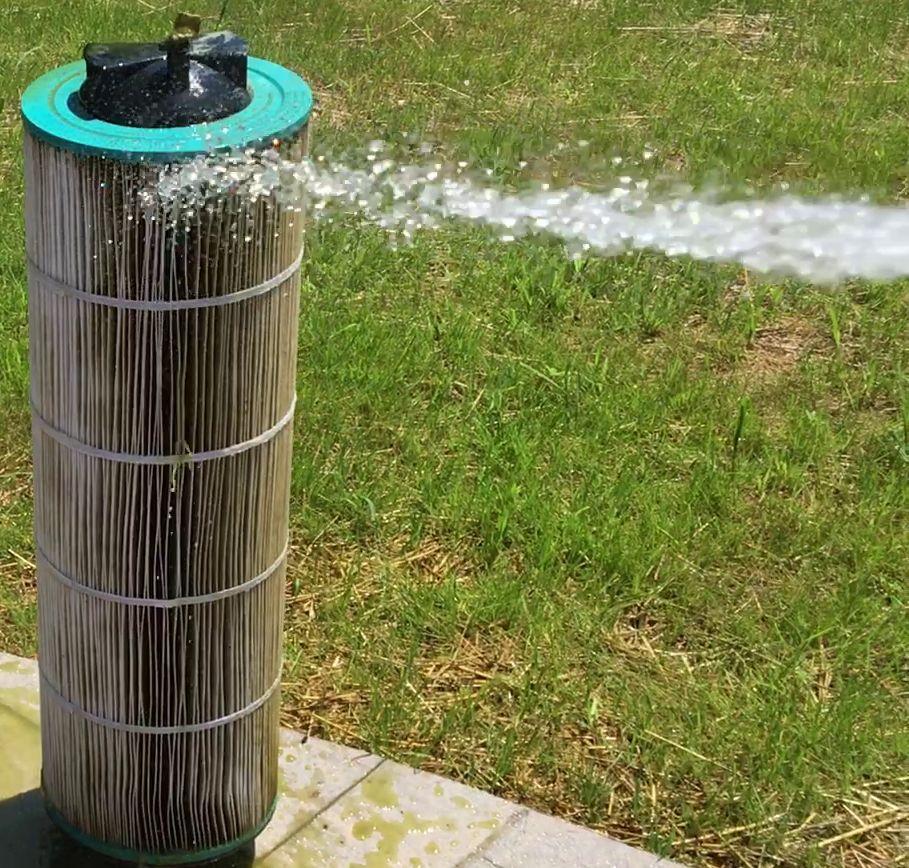
Credit: luxurypoolsandliving.com
Cleaning Sand Filters
Sand filters are essential for maintaining clean pool water. They trap particles and debris, keeping the pool clear. Proper cleaning ensures the filter works well. This section will guide you through the process of cleaning sand filters.
Backwashing Process
Backwashing is the first step in cleaning sand filters. Turn off the pool pump. Set the filter valve to “backwash.” Turn the pump back on. Water will flow in reverse, flushing debris out. Run the backwash for about 2 minutes. Watch the sight glass. When the water is clear, the process is complete. Turn off the pump. Set the valve to “rinse.” Run the pump for 1 minute. This step settles the sand back in place.
Deep Cleaning Techniques
Deep cleaning is necessary for thorough maintenance. Turn off the pool pump. Open the filter tank. Carefully remove the sand. Use a garden hose to rinse the sand. Remove all debris and dirt. Check for any clumps. Break them up with your hands. Refill the tank with clean sand if needed. Close the tank securely.
Reassembling The Filter
After cleaning, reassemble the filter. Ensure all parts are clean and dry. Place the sand back into the tank. Reconnect all hoses and fittings. Check for any leaks. Turn the pump on. Set the valve to “filter.” Run the pump for a few minutes. Ensure the system runs smoothly. This completes the cleaning process.
Cleaning Cartridge Filters
Keeping your swimming pool clean is essential for a healthy swim. One key part of pool maintenance is cleaning the cartridge filters. Cartridge filters trap debris and dirt, keeping the pool water clean. This guide will show you how to clean cartridge filters effectively.
Removing Debris
First, turn off the pool pump. Next, remove the filter cartridge from the filter housing. Check for large debris such as leaves and twigs. Use your hands to remove these. For smaller particles, use a soft brush or a garden hose. Be gentle to avoid damaging the cartridge.
Soaking In Cleaning Solution
Prepare a cleaning solution. You can use a commercial pool filter cleaner or a mixture of one part water and one part white vinegar. Submerge the cartridge in the solution. Let it soak for at least 12 hours. This helps break down oils, dirt, and contaminants.
Rinsing And Reinstalling
After soaking, rinse the cartridge thoroughly. Use a garden hose with a spray nozzle. Ensure all cleaning solution and debris are washed away. Allow the cartridge to air dry completely. Once dry, reinstall the cartridge back into the filter housing. Turn the pool pump back on and check for proper operation.

Credit: www.youtube.com
Cleaning Diatomaceous Earth Filters
Cleaning diatomaceous earth (DE) filters is crucial for keeping your swimming pool clean and clear. DE filters are effective because they can trap very small particles. This guide will help you understand the steps involved in cleaning DE filters, ensuring your pool remains pristine.
Backwashing Procedure
The first step in cleaning DE filters is backwashing. This process removes the debris that has accumulated in the filter. Follow these steps:
- Turn off the pump.
- Open the backwash valve.
- Restart the pump and let it run for 2-3 minutes.
- Turn off the pump again.
- Close the backwash valve.
Backwashing helps to flush out the dirt and debris. Make sure to perform this step regularly to maintain filter efficiency.
Adding Fresh De Powder
After backwashing, it’s important to add fresh DE powder. This ensures the filter continues to work effectively. Here’s how to do it:
- Turn off the pump.
- Mix the required amount of DE powder with water in a bucket. Refer to your filter’s manual for the correct amount.
- Pour the mixture into the pool skimmer slowly.
- Restart the pump and let it run to circulate the DE powder.
Adding DE powder helps the filter to trap more particles. Always use the correct amount as per the manufacturer’s instructions.
Inspecting For Damage
Regularly inspecting the DE filter for damage is essential. This ensures it remains in good working condition. Here’s what to check:
- Look for tears or holes in the filter grids.
- Check the filter tank for any cracks or leaks.
- Ensure the O-rings and gaskets are intact and not worn out.
Replace any damaged parts immediately. This prevents further issues and maintains the filter’s performance.
By following these steps, your DE filter will keep your pool water crystal clear. Regular maintenance is key to a healthy swimming environment.
Maintenance Tips
Keeping your swimming pool filter clean is essential for a sparkling pool. Regular maintenance ensures efficient operation and extends the filter’s life. Follow these tips to keep your filter in top condition.
Regular Inspection
Inspect your swimming pool filter regularly. Look for dirt, debris, and signs of wear. This helps prevent bigger issues.
- Check filter pressure weekly
- Look for leaks or cracks
- Ensure proper water flow
Replacing Worn Parts
Worn parts can reduce filter efficiency. Replace parts as needed to maintain performance.
| Part | Signs of Wear | Replacement Frequency |
|---|---|---|
| Filter cartridge | Tears, holes | Annually |
| O-rings | Cracks, brittleness | Every 6 months |
| Seals | Leaks | As needed |
Seasonal Deep Cleaning
Deep clean your filter at the start and end of each season. This removes accumulated debris and ensures efficiency.
- Turn off the pump
- Release air from the filter
- Remove and clean the filter element
- Soak filter in a cleaning solution
- Rinse thoroughly and reassemble
Regular deep cleaning keeps your filter working smoothly.
Troubleshooting Common Issues
Troubleshooting common issues with your swimming pool filter can save time and money. Understanding these problems helps keep your pool clean and safe. Let’s explore some frequent issues and their solutions.
Low Water Flow
Low water flow can be a sign of a clogged filter. Check for debris and clean the filter thoroughly. Ensure the pump basket is free of leaves and dirt. Sometimes, air in the system can cause low flow. Bleed the air from the filter system to solve this.
Cloudy Pool Water
Cloudy water often means the filter is not working well. First, check the filter media. It might need cleaning or replacement. Ensure you are running the filter for enough hours each day. Sometimes, adding a pool clarifier helps in clearing the water.
Unusual Noises
Unusual noises from the filter system can be troubling. A common cause is trapped air. Bleed the air from the system to quiet the noise. Check for loose parts or debris stuck in the pump. Tighten any loose screws and remove obstructions to fix the issue.
Frequently Asked Questions
How Often Should I Clean My Pool Filter?
You should clean your pool filter every 4-6 weeks. This ensures optimal performance and extends its lifespan. Regular maintenance prevents debris buildup and improves water quality.
What Tools Do I Need To Clean A Pool Filter?
To clean a pool filter, you need a garden hose, filter cleaner, and a soft brush. These tools help remove debris and maintain filter efficiency.
Can I Clean A Pool Filter Without Removing It?
Yes, you can clean some pool filters without removing them. Use a garden hose to rinse off debris. However, removing the filter provides a more thorough cleaning.
How Do I Know If My Pool Filter Is Dirty?
Check for reduced water flow and cloudy water. These signs indicate a dirty filter. Regular inspection and cleaning help maintain water quality.
Conclusion
Keeping your swimming pool filter clean ensures clear water. Regular maintenance helps your filter work efficiently. This process prevents debris buildup and extends the filter’s life. Always follow the manufacturer’s instructions for the best results. Clean filters mean fewer chemicals needed and healthier swimming.
Remember, a clean filter means a happy pool. Enjoy your swim!

